The VFD module is a 20x8 matrix of pairs of blue and red subpixels. I treat the display as being 16 pixels high and divide the blue and red subpixels between even and odd lines of video, which gives a bit more detail than you'd normally get from an 8-pixel high display. Video ends up being displayed in a 2:1 aspect ratio block in the center of the display - it's not exactly 4:3 but it's close enough, easy to convert, and fast!
The Arduino Mega was chosen for this project because the VFD module can be plugged directly onto the large pinheader (a slight modification to the VFD's connector shell is required). 8K of RAM is enough for video and audio buffers and it's fast enough to handle 30 FPS video and 16 kHz PCM audio. Higher audio rates may be achieved through using ADPCM compression or code optimization - it was a bit hairy at 24 kHz so I brought it back down to 16, although I didn't test if the bottleneck is CPU time or SD card read speed.
In my photos you will see I'm using an ethernet module stacked on top of the Mega - this is purely as a convenient way to connect an SD card (the ethernet module has a slot on board). The ethernet functions of the module are not used at all.
 natalie
natalie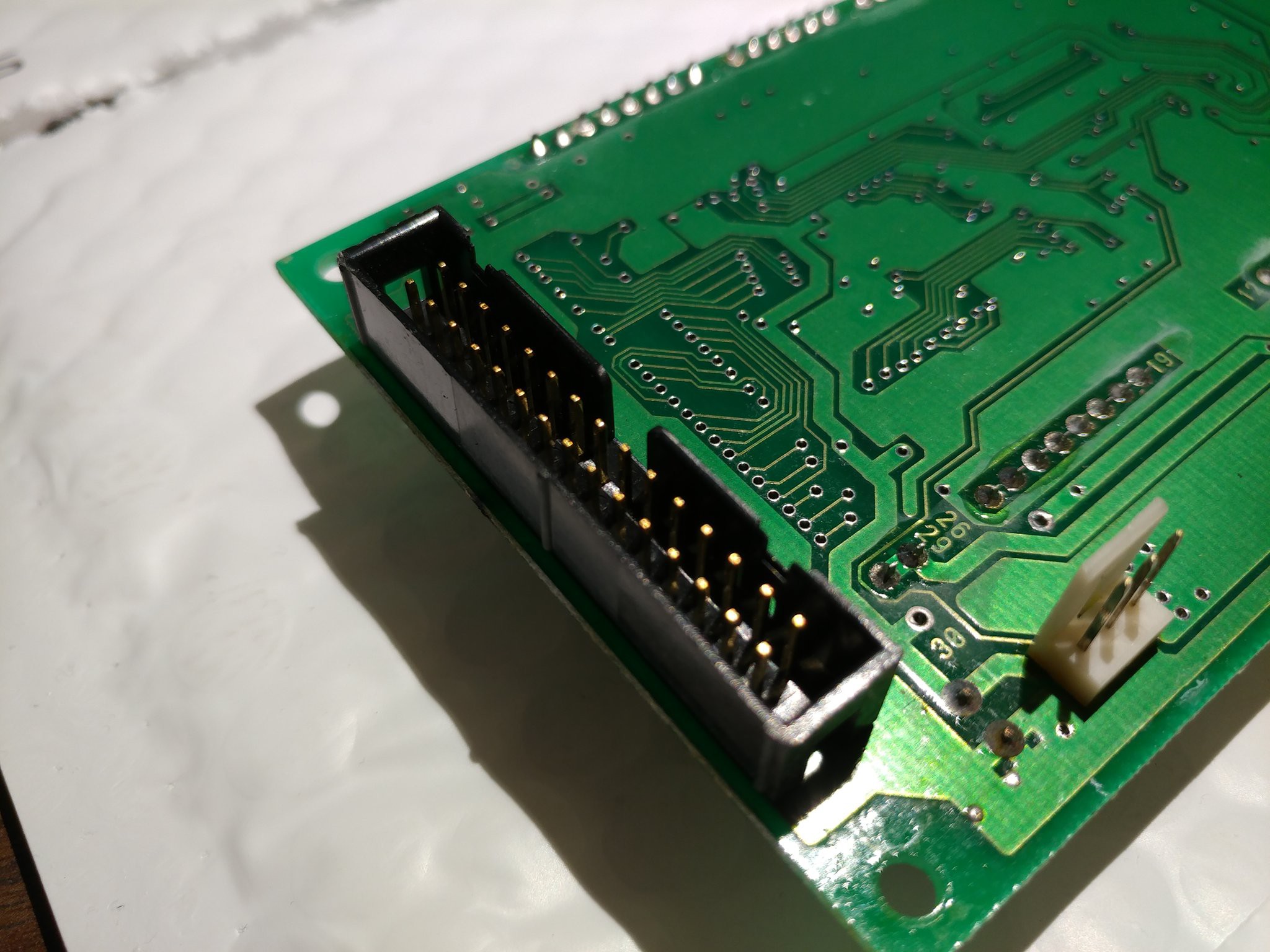
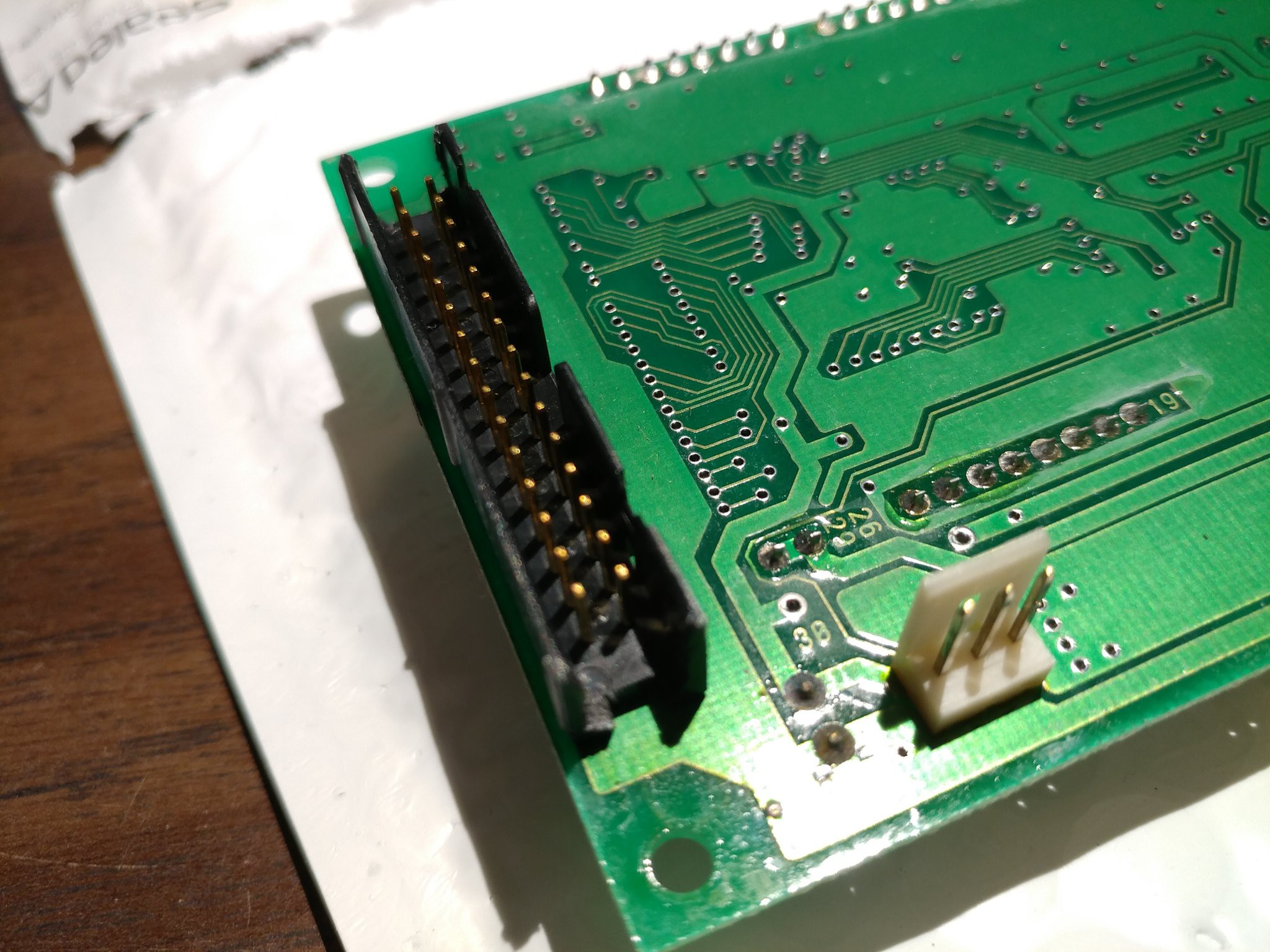

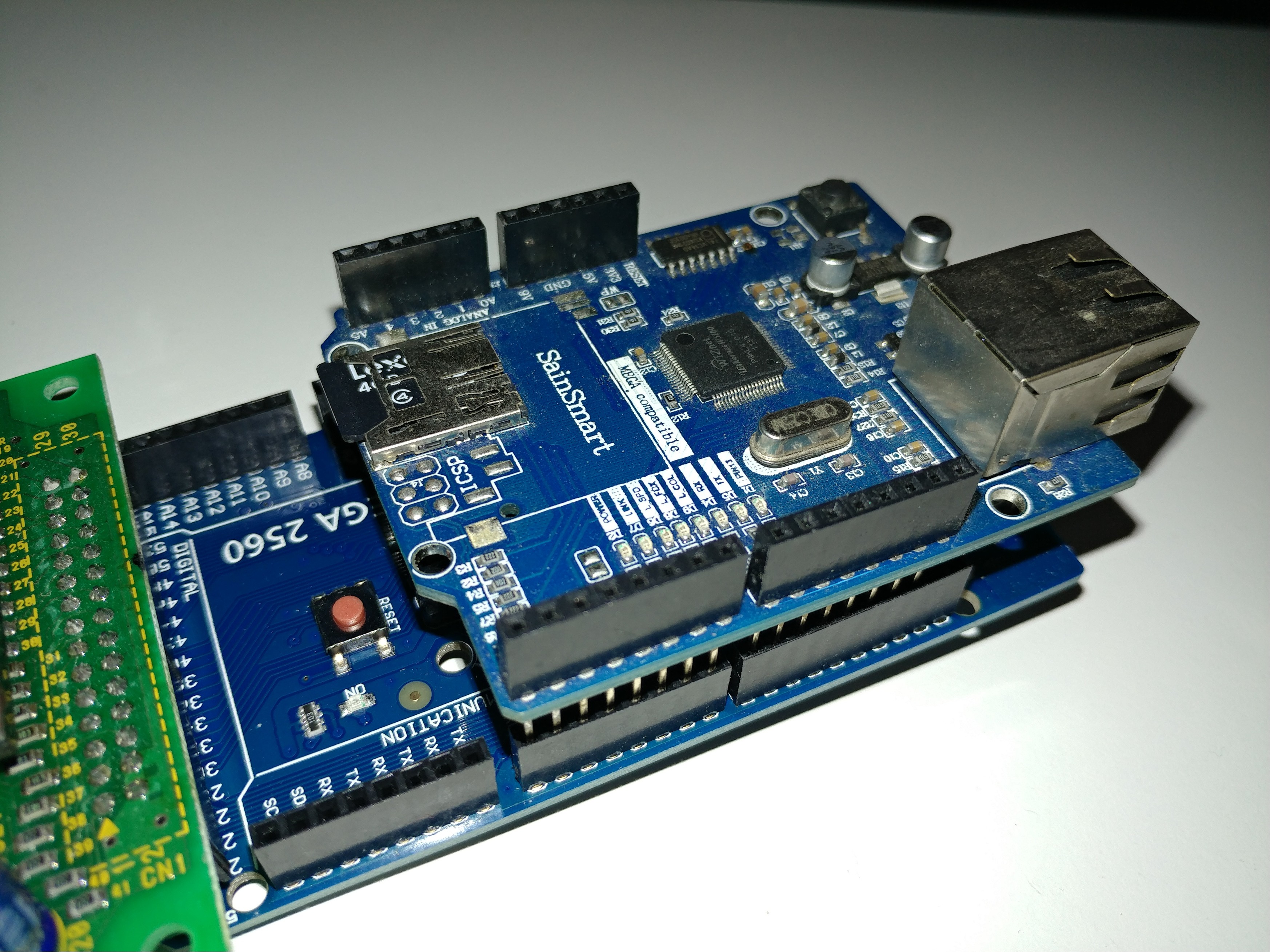
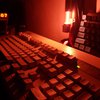


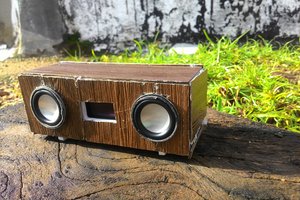
 Vishwas Navada B
Vishwas Navada B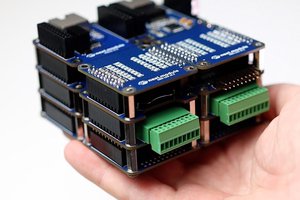
 Ruslan
Ruslan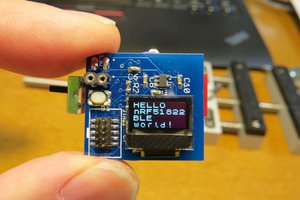
 kodera2t
kodera2t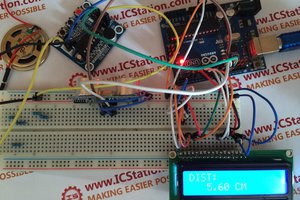
 icstation
icstation
I just made it without the audio. Very cool display. Thanks for sharing (: